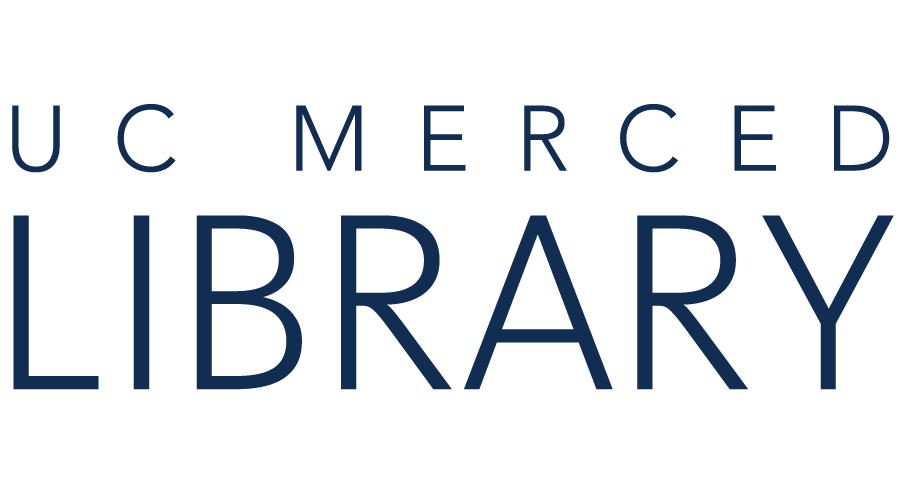Learn about a source. Does it have extreme bias? What is the level of factual accuracy?
Characteristics of Reputable Newspapers

Professor Zimdars' “False, Misleading, Clickbait-y, and/or Satirical ‘News’ Sources” resource; some examples are added to Zimdars' resource
Avoid websites that end in “lo” ex: Newslo. These sites take pieces of accurate information and then packaging that information with other false or misleading “facts” (sometimes for the purposes of satire or comedy). Example: Newslo also using URL politicot.com (similar to a legitimate news site)
Watch out for websites that end in “.com.co” as they are often fake versions of real news sources. Example: abcnews.com.co (This domain is now available.)
Watch out if known/reputable news sites are not also reporting on the story. Sometimes lack of coverage is the result of corporate media bias and other factors, but there should typically be more than one source reporting on a topic or event.
Odd domain names generally equal odd and rarely truthful news.
Lack of author attribution may, but not always, signify that the news story is suspect and requires verification.
Some news organizations are also letting bloggers post under the banner of particular news brands; however, many of these posts do not go through the same editing process (ex: BuzzFeed Community Posts, Kinja blogs, Forbes blogs).
Check the “About Us” tab on websites or look up the website on Snopes or Wikipedia for more information about the source.
Bad web design and use of ALL CAPS can also be a sign that the source you’re looking at should be verified and/or read in conjunction with other sources. Example: Drudge Report
If the story makes you REALLY ANGRY it’s probably a good idea to keep reading about the topic via other sources to make sure the story you read wasn’t purposefully trying to make you angry (with potentially misleading or false information) in order to generate shares and ad revenue.
If the website you’re reading encourages you to DOX individuals, it’s unlikely to be a legitimate source of news. DOX refers to publishing an individual's personal information with the intent of causing harm.
It’s always best to read multiple sources of information to get a variety of viewpoints and media frames. Some sources not yet included in this list (although their practices at times may qualify them for addition), such as The Daily Kos, The Huffington Post, and Fox News, vacillate between providing important, legitimate, problematic, and/or hyperbolic news coverage, requiring readers and viewers to verify and contextualize information with other sources.
© 2016 by Melissa Zimdars, assistant professor of communication & media, Merrimack College
Readings:

Copyright @ The Regents of the University of California. All rights reserved.
